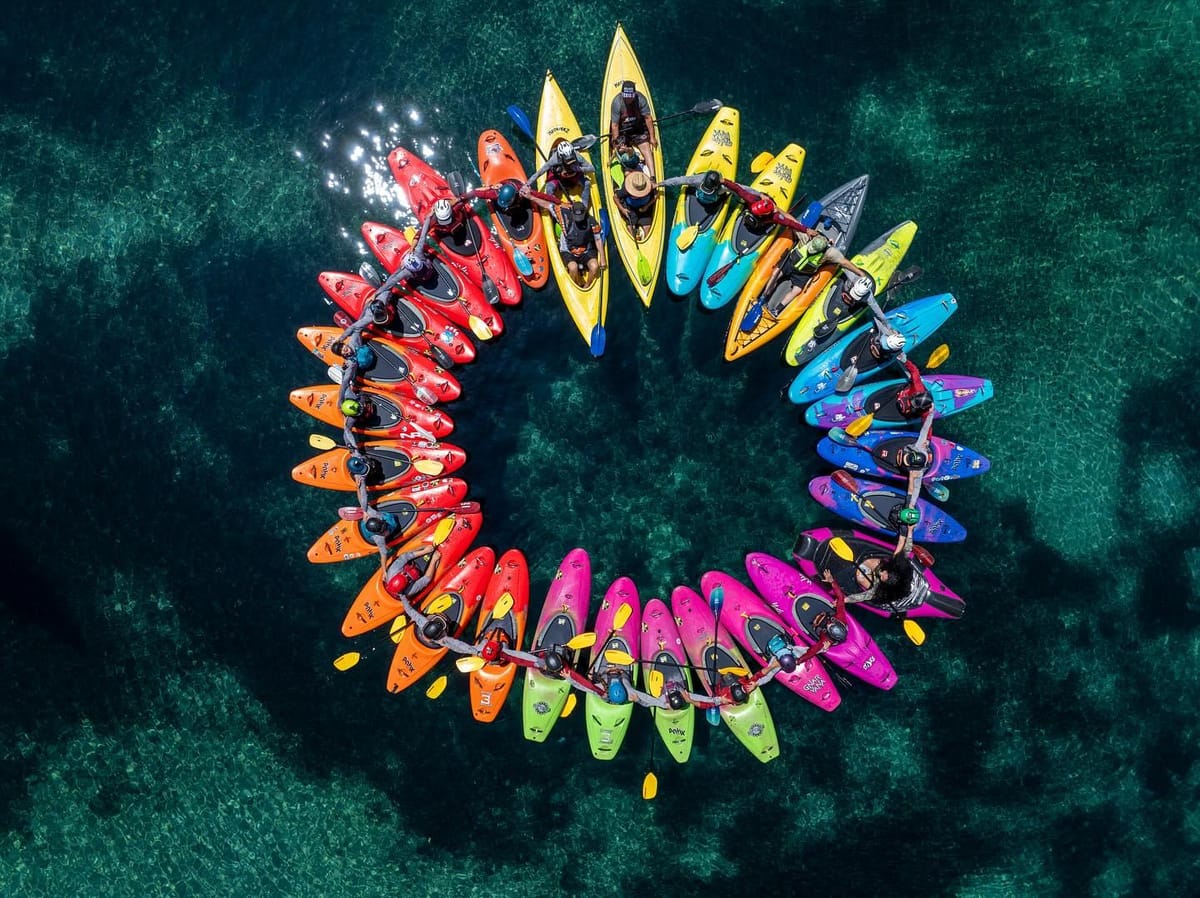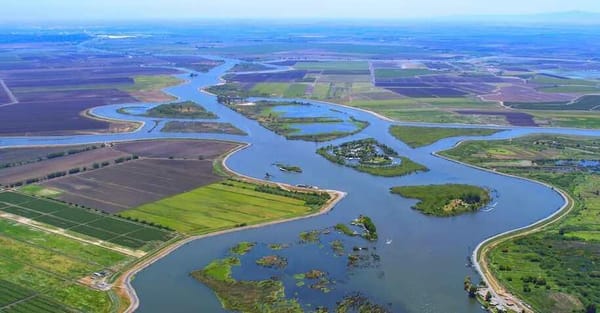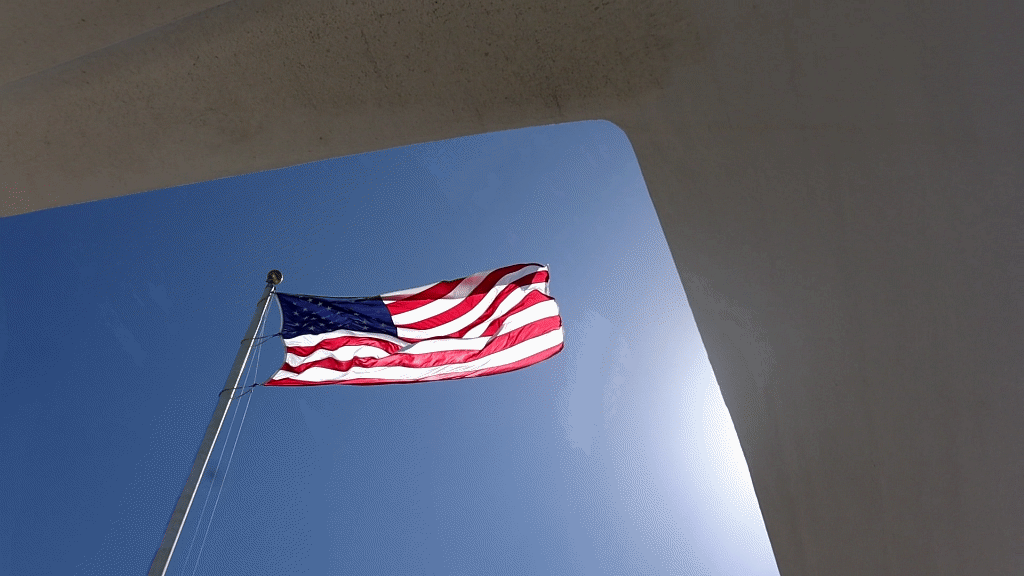Indigenous Youth complete first descent of undammed Klamath River from source to sea



The mailer gives the impression of being non-partisan and neutral on Proposition 50.

Newsom on October 23 announced what he described as “two recent key victories” in his unrelenting political campaign to advance the 43-mile long Delta Tunnel

From that December morning, Americans became The United States of America.

"After 10 months of the second Trump administration, Doris finally decided to have an in-person town hall," Vang said in her social media video.